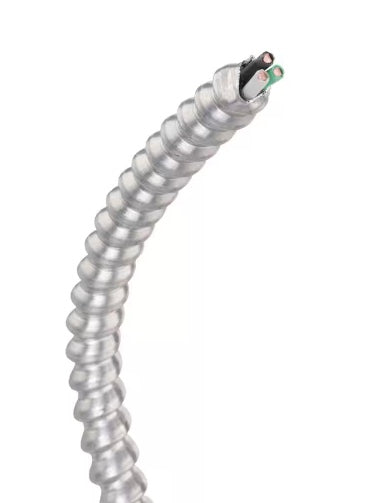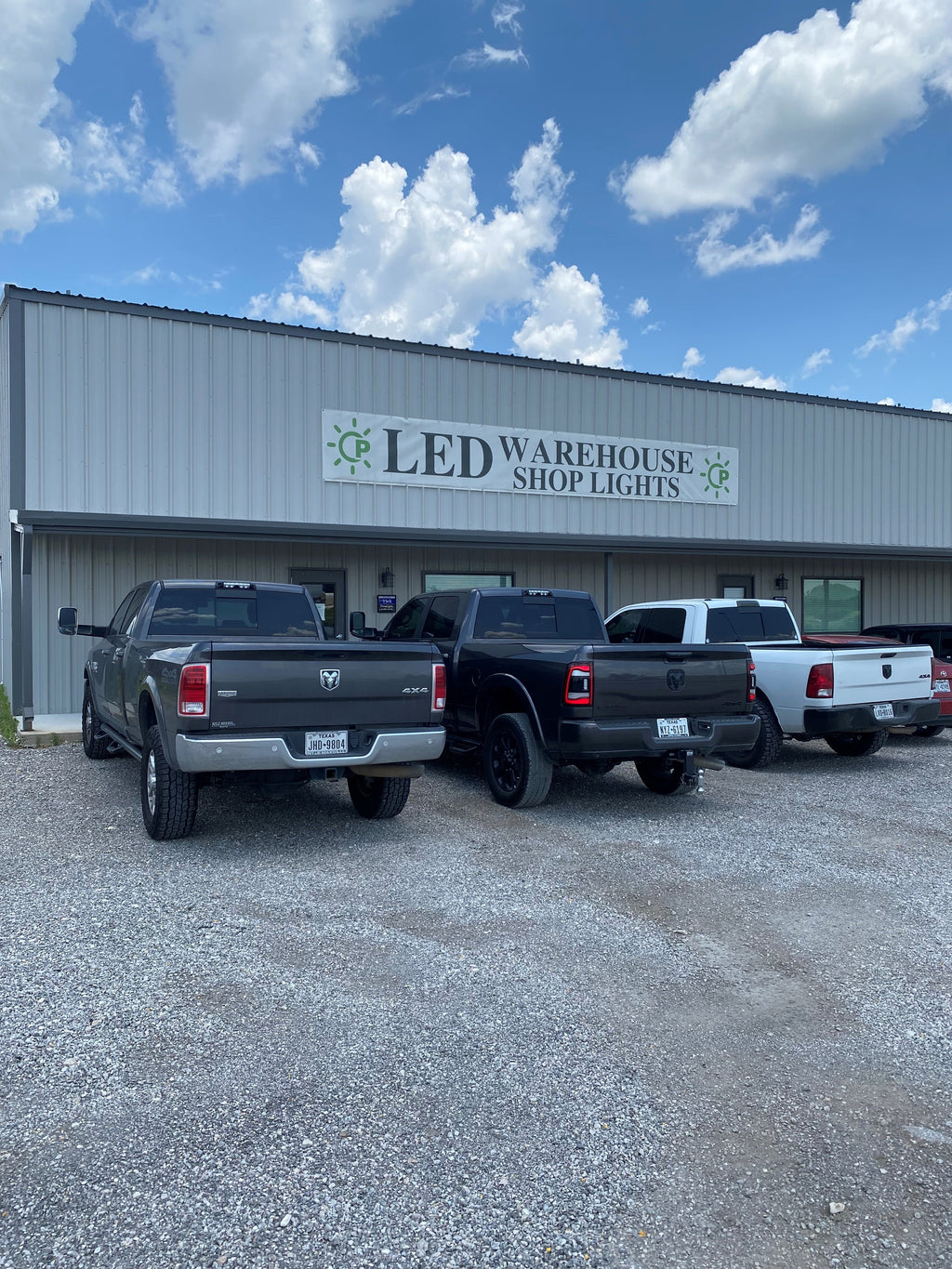Lumens vs Footcandles: Why It’s Important to Know the Difference
You’ve probably heard that when it comes to buying lights for your garage or shop, it’s important to consider the light output of the source—the light fixture itself. The argument goes that by knowing how bright your fixture is, you can determine what type of lights you need to light up your space.
Little known is that this is only one half of the equation. That’s because without knowing how much light you need to illuminate a given space (which can range depending on the distance between the light fixture and the space itself) you could easily buy lights that have a high light output, but that still won’t sufficiently light up your space.
Knowing the difference between lumens—which measure light output—and footcandles—which measure “units of illuminance” or lighting level—is key to determining both what type of light you need and how many lights you need. Follow along to learn the difference, so you buy the right lights every time.
What Are Lumens?
Lumens are the amount of visible light given off by a source. A lumen is the total quantity of visible light emitted by a source per unit of time, typically per second.
How to measure lumens
Lumens are calculated by converting the number of watts a fixture produces into lumens. Watts are a measure of energy output—specifically, the rate of power at a particular moment in time. In the same way, lumens are a standard measure of lamp output, specifically the amount of light emitted per second in a unit solid angle of one steradian from one candle.
Say that again? If you put a candle in the middle of two-foot sphere, cut a 1-square foot hole in the sphere, and measured the light that came through it, you’d get 1 lumen. 100 lumens equals the amount of light that would shine through if there were 100 candles in the center of your sphere.
Why Lumens Aren’t Everything
Lumens fall short as a measurement when you consider that light needs to shine on an object, at a certain distance. Knowing that a fixture is 100 lumens doesn’t tell you how bright it will be at the same distance you intend to use it at. As an example, 100 lumens is bright enough to read by if the light source is within 6 feet without obstruction. But it won’t be bright enough to read if the light is 20 feet away.
This is how buying lights based on footcandles can help.
What Are Footcandles?
Footcandles are a go-to unit of measurement of luminescence, or the “level of a light source on a surface,” equal to one lumen per foot. If you took one candle and mounted it 1 foot away from a flat surface, then measured the illumination of 1 square foot of that surface, you’d get 1 footcandle. In this way, footcandles refer to the amount of light that is on the surface beneath a light source, as opposed to the output of the light itself.
How are footcandles measured?
One foot-candle equals 10.76 lumens, but that’s not what’s important.
What’s important is that footcandles for lighting fixtures are measured at a distance—the distance between the light source, or “luminaire,” and the surface area it’s illuminating. By knowing a fixtures’ footcandle measurement, you can determine how much light will saturate a surface at a specific distance (typically 1 meter). This can help you calculate if a light fixture is right for you, based on how bright you want your light to be, and the distance it will be from whatever it’s being used to illuminate.
Why Knowing the Difference Between Lumens vs. Footcandles Is Important
To recap, when buying lights for a workshop, warehouse, or garage, asking “how many lumens do I need?” is a slightly misleading question–at least if you want the best lights. That’s because while lumens measure light output, they don’t factor in the distance between the light source and the surface area you intend to light up. After all, the further the distance between the two, the lower the illuminance of a light will be, no matter how many lumens your light fixture happens to have.
When buying lights, it’s often more helpful to ask, “how many foot candles do I need, for the amount of light that I want? Because, by knowing the latter—how much light you want—you can determine if you want more or less light than average. By knowing the former, you can ensure that the lights you buy are indeed bright enough to light up your space, based a target foot-candle measurement for that space*.
Moreover, if you’re buying multiple lights, buying based on footcandles can help ensure you make the most of each lamp—ensuring you don’t overpay for more fixtures than you really need to sufficiently illuminate your space.
Keep in mind: because LEDs are directional—meaning, the light that comes out of a LED fixture is focused in a specific direction—as opposed to omnidirectional, as is the case for fluorescent fixtures—you need even less measured lumens when buying LED lighting fixtures. In fact, roughly 50% of measured light is lost up and out with a fluorescent fixture. This means you don’t need the same number of lumens when switching to an LED fixture—in fact, you need less.
Use Our Light Fixture Calculator to Determine the Lights You Need
Not sure how to calculate how many fixtures you need for your lighting project? Use our handy shop light fixture calculator to find the best fixtures to light your space. Simply plug in your ceiling height, square footage, and exposure conditions to see a compatible LED light fixture that’s perfect for your shop.
Want a second-opinion specific to your use? Contact us to speak to a PrimeLights lighting expert for an expert recommendation!
…
*Illuminating Engineering Society of North America is a community of lighting professionals who develop Lighting Standards for the benefit of the public. They recommend different lighting levels (‘footcandle recommendations’) for different types of environments. When buying lights, you can use the table below to determine the ideal foot-candle measurement for your space.
























































